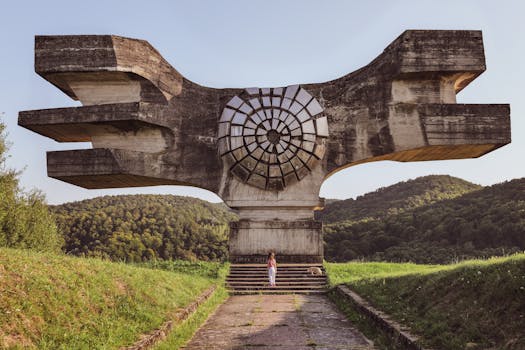
Traveling Through Time: How Europe’s Historical Heritage Shapes Modern Lifestyles in 2025 – Europe’s Historical Heritage
Europe’s Historical Heritage Traveling Through Time: How Europe’s Historical Heritage Shapes Modern Lifestyles in 2025. Europe is a continent steeped in history and heritage, with a rich cultural landscape that spans thousands of years. From the ancient civilizations of Greece and Rome to the modern-day metropolises of Paris and London, Europe’s historical heritage continues to shape and influence modern lifestyles in profound ways.
Introduction to Europe’s Historical Heritage
Europe’s historical heritage is a vast and complex tapestry, woven from the threads of countless cultures, empires, and events. The continent has been home to some of the most significant and influential civilizations in human history, including the ancient Greeks, Romans, and Egyptians. Each of these cultures has left an indelible mark on European society, from the languages we speak to the architecture we build.
The Impact of Historical Heritage on Modern Lifestyles
So, how does Europe’s historical heritage shape modern lifestyles? One of the most obvious ways is through architecture. Many European cities are filled with historic buildings, landmarks, and monuments that have been preserved and restored for future generations. These structures not only provide a glimpse into the past but also continue to serve as functional spaces for modern-day activities. For example, ancient Roman amphitheaters now host concerts and performances, while medieval castles have been converted into hotels and restaurants.
Another way in which historical heritage shapes modern lifestyles is through art and culture. European museums and galleries are home to some of the world’s most famous and influential works of art, from the Mona Lisa to the Sistine Chapel ceiling. These masterpieces continue to inspire and influence contemporary artists, designers, and musicians, ensuring that Europe’s cultural heritage remains vibrant and relevant in the 21st century.
Preserving Historical Heritage for Future Generations
As we look to the future, it is essential that we prioritize the preservation and protection of Europe’s historical heritage. This can be achieved through a combination of conservation efforts, education, and community engagement. By working together to safeguard our cultural heritage, we can ensure that future generations continue to benefit from the richness and diversity of European history.
Conclusion
In conclusion, Europe’s historical heritage plays a vital role in shaping modern lifestyles in 2025. From architecture to art, the continent’s rich cultural landscape continues to influence and inspire contemporary culture. As we move forward in time, it is essential that we prioritize the preservation and protection of our historical heritage, ensuring that future generations can continue to learn from and appreciate the significance of Europe’s past.
Discover More About Europe’s Historical Heritage
If you are interested in learning more about Europe’s historical heritage, there are countless resources available to explore. From museums and galleries to historical landmarks and cultural events, there is no shortage of opportunities to delve into the continent’s rich history. Whether you are a history buff, a culture vulture, or simply someone who appreciates the beauty and significance of Europe’s past, there is something for everyone to discover and enjoy.
The Future of Europe’s Historical Heritage
As we look to the future, it is clear that Europe’s historical heritage will continue to play a vital role in shaping modern lifestyles. With the rise of digital technologies and social media, there are more opportunities than ever before to engage with and appreciate Europe’s cultural heritage. From virtual museum tours to online historical archives, the possibilities for exploration and discovery are endless.
Getting Involved in Preserving Europe’s Historical Heritage
If you are passionate about preserving Europe’s historical heritage, there are many ways to get involved. From volunteering at local museums and historical societies to supporting conservation efforts and community engagement initiatives, every contribution counts. By working together, we can ensure that Europe’s rich cultural heritage continues to thrive and inspire future generations.
Conclusion
In conclusion, Europe’s historical heritage is a precious and invaluable resource that continues to shape and inspire modern lifestyles. As we move forward in time, it is essential that we prioritize the preservation and protection of our cultural heritage, ensuring that future generations can continue to learn from and appreciate the significance of Europe’s past.
Related Topics
For more information on related topics, please visit the following pages:
External Resources
For further reading and exploration, please visit the following external resources:
References
This article has been researched and written using a variety of sources, including:


